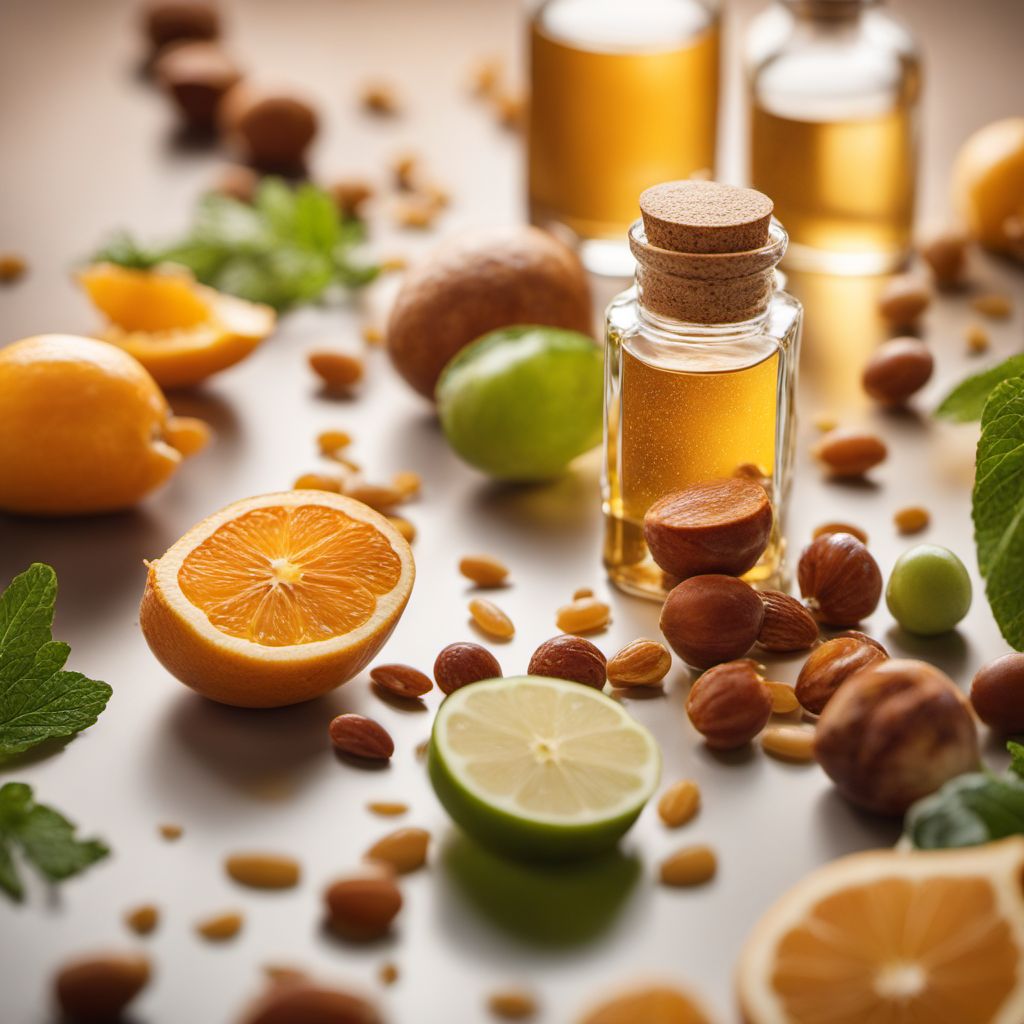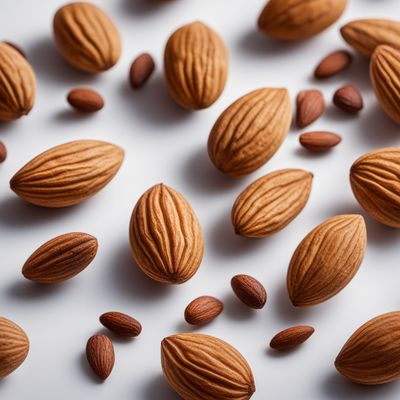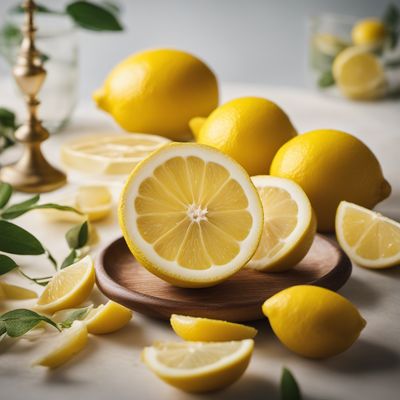
Ingredient
Essences and extracts
Essential Elixirs
Essences and extracts are highly concentrated liquids obtained from different sources, such as fruits, flowers, herbs, or spices. They are used in small quantities to add intense flavors, aromas, and textures to dishes, beverages, and desserts. These versatile ingredients offer a wide range of options, including citrus essences, floral extracts, and herbal concentrates.
Origins and history
The use of essences and extracts in cooking can be traced back to ancient civilizations, where they were used to enhance the taste and fragrance of food. Over time, the techniques for extracting essences and extracts have evolved, resulting in a diverse range of flavors and applications in modern culinary practices.
Nutritional information
Essences and extracts are low in calories and fat, making them a suitable option for flavoring dishes without significantly impacting the nutritional content. However, the nutritional value varies depending on the specific essence or extract used.
Allergens
There are no known allergens associated with essences and extracts.
How to select
When selecting essences and extracts, opt for reputable brands that use high-quality ingredients and extraction methods. Check the label for the specific source used and ensure it is free from any additives or artificial flavors. Consider organic options to ensure a pure and natural product.
Storage recommendations
To maintain the freshness and quality of essences and extracts, store them in a cool, dark place away from direct sunlight and heat. Ensure the bottles are tightly sealed to prevent evaporation and contamination. Avoid storing essences and extracts near strong-smelling substances as they can absorb odors easily.
How to produce
Producing essences and extracts requires specialized equipment and knowledge. It is best left to professionals or experienced individuals who can properly extract the desired flavors and aromas. However, home cooks can experiment with making simple extracts, such as citrus zest or herbal concentrates, using high-quality ingredients and following proper extraction techniques.
Preparation tips
When using essences and extracts, start with small amounts and gradually add more to achieve the desired flavor intensity. Remember that these ingredients are highly concentrated, so a little goes a long way. Add them towards the end of cooking or baking to preserve their flavors. Stir or mix well to evenly distribute the essence or extract throughout the dish.
Culinary uses
Essences and extracts are commonly used in baking, confectionery, and beverage production. They are often added to cakes, cookies, pastries, ice creams, cocktails, and more to infuse them with distinct flavors and aromas. They can also be used in savory dishes, such as sauces, dressings, and marinades, to add depth and complexity.
Availability
Essences and extracts are widely available in grocery stores, specialty food stores, and online retailers. They can be found in various flavors and sizes, catering to different culinary needs.
More ingredients from this category

Orange essence
The Essence of Citrus: Unlocking the Aromatic Delights of Orange Essence

Anise extract
The Aromatic Elixir: Unveiling the Delights of Anise Extract

Liquorice extract
The Sweet and Earthy Allure of Liquorice Extract

Almond essence
The Essence of Almonds

Rum essence
The Essence of Caribbean Spirit

Lemon essence
The Essence of Citrus: Lemon Essence and its Intense Flavor

Vanilla essence
The Aromatic Elixir: Unveiling the Magic of Vanilla Essence